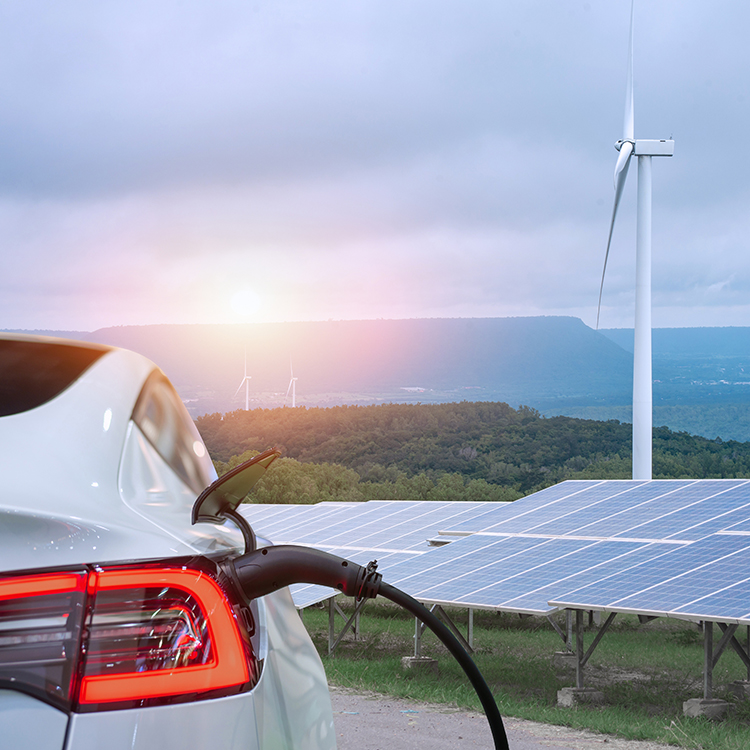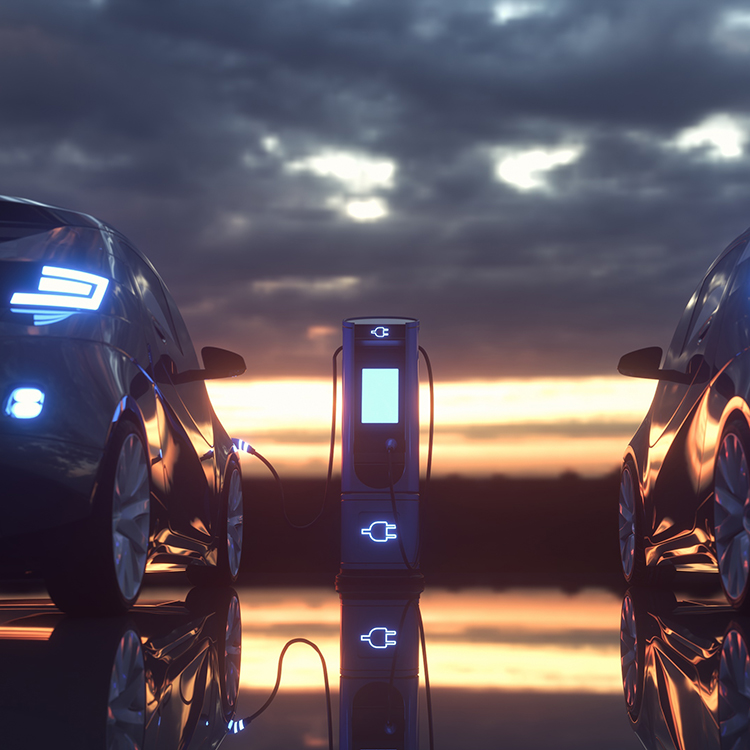
How green is your EV, really?
From renewable energy to battery components, we bust some common myths around EVs.

The AA Research Foundation has found that EVs have the potential to become a crucial part of New Zealand’s electricity system.
Sustainability, an interest in technology, low running costs – there are a lot of good reasons to buy an EV. Here is another one: Research co-sponsored by the AA Research Foundation has found electric vehicles (EVs) have the potential to become a crucial part of New Zealand’s electricity system through vehicle-to-grid (V2G) technology.
By enabling EVs to send stored power back into the grid during periods of high demand, V2G could help ease pressure on the national network, reduce reliance on fossil fuels during peak times, and provide significant economic value – up to $2,000 per year for light vehicles and as much as $25,000 for heavy commercial vehicles.
Widespread adoption could make EVs an important tool in supporting a more resilient, efficient and sustainable electricity supply.
The concept works on the basis that EVs are essentially giant batteries which are storing electricity in people’s garages or on their driveways when not being driven. This energy could be directed back into the grid when needed. If there were enough EV owners doing this, the impact on New Zealand’s electricity network at peak times would be significant.

Electricity demand typically peaks with high residential use in the mornings (7-11am) and evenings (5-9pm), with usage significantly higher in winter. During these times power prices spike as limited supplies need to be topped up. Extra fossil fuel power production kicks in to supplement renewable power sources, which are typically cheaper but rely on intermittent natural conditions.
Christopher Stachowski, AA Research Foundation programme manager, says the concept of supplying and selling power back into the grid is not new.
“New Zealand households set up with solar panels have been able to sell surplus energy for years. Vehicle-to-grid technology would work in a similar way, where people could earn a payback by letting the grid draw on what is in their car battery.”
Vehicle owners could expect payback for providing energy back into the grid; the research estimated there could be up to $2000 a year in economic value for cars and other light vehicles. That could be as high as $25,000 for commercial vehicles – think milk tankers and trucks.

Currently, New Zealand is not set up for mass V2G. Most New Zealand EV owners use a one-way charging cable which puts power into a vehicle as soon as it’s plugged in. Government figures estimate about two-thirds of EV drivers use this method.
For vehicle-to-grid to make a big impact, two-way technology would need to be widely adopted. This method optimises the power in an EV’s battery with software monitoring the charging needs of a vehicle, power prices and grid demand.
“V2G is still finding its feet in more developed markets such as Australia, the United Kingdom, Europe and the United States and we should be learning as much as we can from experiences overseas,” Christopher says.
“Regulators should also be looking to align our standards with those elsewhere, particularly Australia with whom we already share many technical and safety power standards.”
The introduction of V2G is not a magic wand for the power network, he adds. “The Government and suppliers will still need to improve the network’s capacity as demand increases, however supply from EVs could lessen the need for as much new power generation.”

Transport electrification and the introduction of V2G could further benefit the wider economy, Christopher explains. An EV generally costs less to fuel than a petrol or diesel vehicle and as an increasing proportion of our fleet becomes electric it will reduce how much fossil fuel the country imports.
“We import about $7billion of liquid fuels such as petrol and diesel every year, most of which is used for transport. Having a higher proportion of EVs being fueled mostly by domestically produced energy would mean significantly less – potentially billions - being paid to offshore petroleum producers and instead staying in the local economy.”
There are also environmental benefits. About 80% of New Zealand’s power comes from renewable methods such as hydro, geothermal and wind, however a portion comes from burning coal and natural gas. V2G would reduce reliance on burning fossil fuels to create energy, as less additional power generation would be needed.
V2G-ready vehicles and infrastructure also allow EVs to be used as personal mobile batteries. Two-way chargers can be used to provide EV owners power to their homes during grid power cuts.
This story is from the Summer 2025 issue of AA Directions magazine.